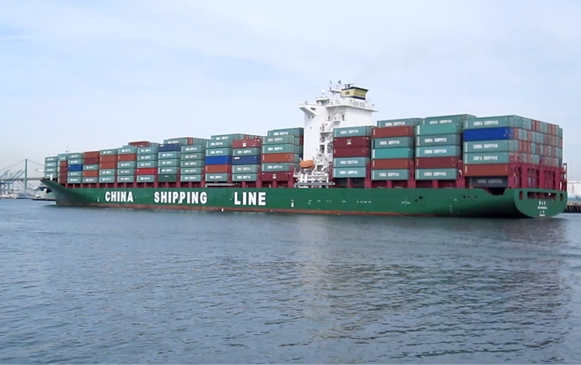China’s burgeoning middle class will reach 630 million over the next decade and become a strong source of purchasing power. Government leaders, including Premier Li Keqiang, have made increasing imports a primary objective to help meet expected demand and create a more consumer-driven economy. Yet the Chinese government still restricts imports of American goods that could help them meet their goals, and places high tariffs on goods Chinese consumers are craving. Here are some of the areas where the Chinese government could tweak its practices to increase imports from foreign companies.
1. Luxury goods
Chinese consumers’ incomes are growing, but high taxes on high-end goods in China price goods well out of reach of many middle class consumers. These goods, such as cosmetics, jewelry, and automobiles, can cost nearly double what they would overseas. High costs do not, however, dampen demand for these products, and Chinese consumers look abroad to make high-end purchases. Eliminating taxes and tariffs on these goods would help increase consumption in China’s emerging middle class, and strengthen China’s economy overall.
2. Agriculture
It’s no secret that China will need to increases its agricultural output to meet the demands of a growing population. By using crops that that leverage advanced technologies, such as genetically modified organisms (GMOs), China could boost output and deliver safe and high-quality inputs for its agricultural sector. However, seed companies face significant delays in China’s lengthy – and at times unpredictable – regulatory approval process. China should streamline its approval processes and adopt international, science-based standards to ensure a steady and predictable supply of agricultural imports.
3. Meat
China’s growing middle class is hungry for high-quality meat products, but the Chinese government maintains restrictions on US beef, poultry, and pork. US beef is effectively barred from importation into China – a restriction that stems from the 2003 outbreak of Mad Cow Disease. Though the World Organization for Animal Health concluded beef from the United States is of negligible-risk for the disease, China continues to maintain its restrictions. China also imposes other restrictions on US pork exports, and poultry exports from Arkansas and Virginia. Opening its market to safe, US-sourced meat products will allow Chinese consumers to access high-quality meat products.
4. Customs rules
Some countries — including United States, Malaysia, and Japan – don’t apply duties and taxes to imported goods if they are valued less than a certain price threshold. China maintains a very low threshold compared to these countries, meaning that more goods are subject regular customs processes. This can slow delivery and processing times for a product to get to market, or for components to enter into the supply chain. By raising its price threshold and bringing its customs requirements in line with international standards, China could bring products to market faster and offer a wider variety of goods to consumers.
5. Certification
Governments around the world require that many products undergo certification to ensure product quality and safety. China is no different. The Chinese government requires certain products receive the China Compulsory Certification (CCC) mark to certify that the product has met China’s safety requirements. But the system is costly and creates long processing delays, often because companies can only use certain testing and certification bodies to receive a CCC mark. This ultimately limits the products available to Chinese consumers. China could increase the number of goods available to consumers by removing product-certification hurdles in its market, particularly by following through on its commitment to allow foreign organizations to participate in testing and certification for the CCC mark.








Leave a Reply
You must be logged in to post a comment.